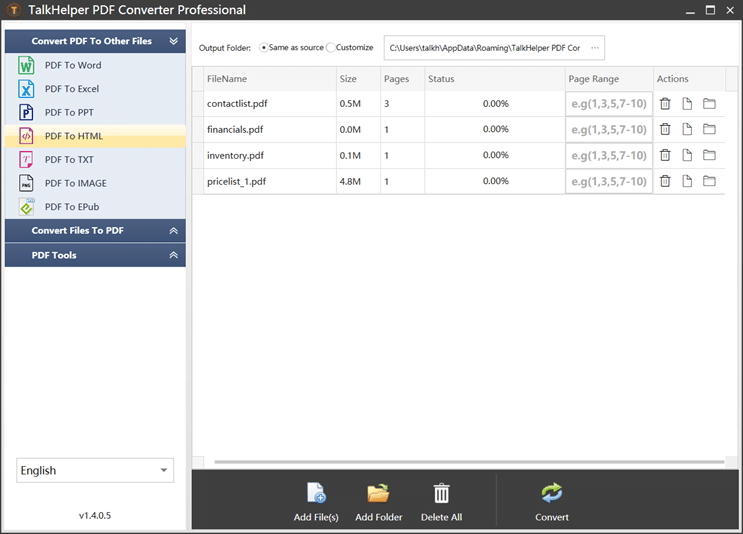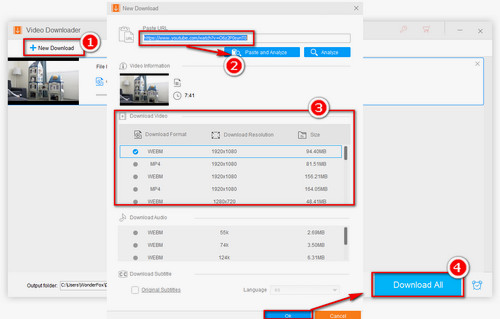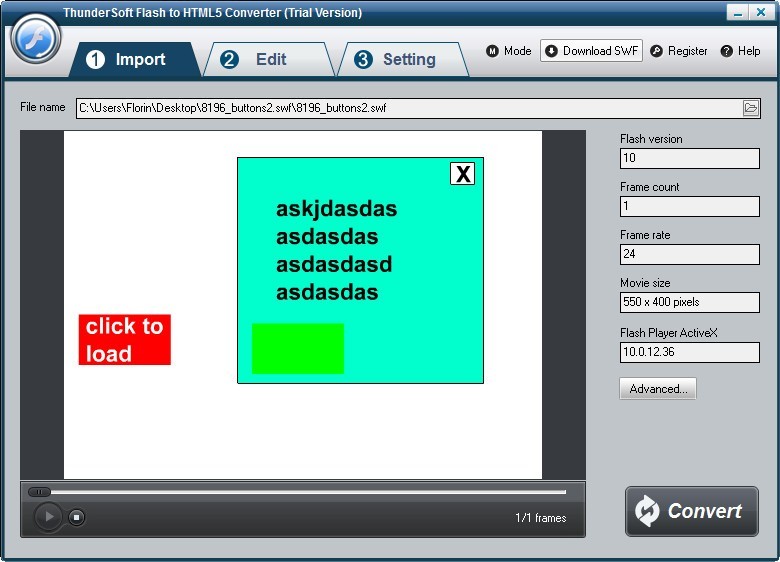
In other words, HTML5 is fully capable of doing things you previously needed to do using old tools like JavaScript, Flash, or Silverlight. It natively supports video and audio, and you can even make games or animations with it. Unlike older versions of HTML, which allowed you to create primarily static sites that needed to be spiced up with CSS and JavaScript, HTML5 is much more dynamic and includes multimedia elements. It’s based on an entirely new standard, and its parsing is completely different, too. So what’s the big difference? Why all the hype? While many of the markup tags remain unchanged (don’t fix what isn’t broken, after all), several of them have been simplified, so it’s vastly easier and faster to write code. HTML5 is actually not very new itself, being released several years ago in 2014. Its predecessor, HTML4, had its first and last update in December 1999.

HTML5 is not a separate system, but rather the latest version of HTML technology. They may look similar at first glance, but there are some pretty big differences between HTML & HTML5 👀 See what's changed in the popular markup language’s biggest update right here 👇 Click to Tweet HTML certainly is required, and that’s why it’s the most important web language. While those two languages bundle well with HTML, they aren’t strictly necessary to create a website. CSS helps you style HTML by adding colors, layouts, and more, while JavaScript is a more traditional programming language that lets you add advanced features. HTML is often paired with other languages such as CSS and JavaScript to extend its functionality. So, if you want to become a web developer or dive deeper into tools like WordPress, you’ll naturally need to learn HTML. While there are website builders which can let you design a site without touching any code, WordPress included, they’re still handling HTML code for you behind the scenes. It’s impossible to make a website without using HTML. For how important it is to the World Wide Web, picking up HTML is shockingly easy.

Much of HTML is similarly simple and human-readable, so even non-developers find it easy to work with. For instance, to italicize a piece of text, you can wrap it in HTML tags as such: Italicized text. It allows you to create the base structure of a webpage using small tags called markup tags.

There are many web development tools that you can use when you are working with HTML. HTML is the standard language used for web development. It makes up the web’s building blocks, and it’s likely the most commonly known coding language out there.

HTML stands for HyperText Markup Language.


 0 kommentar(er)
0 kommentar(er)
